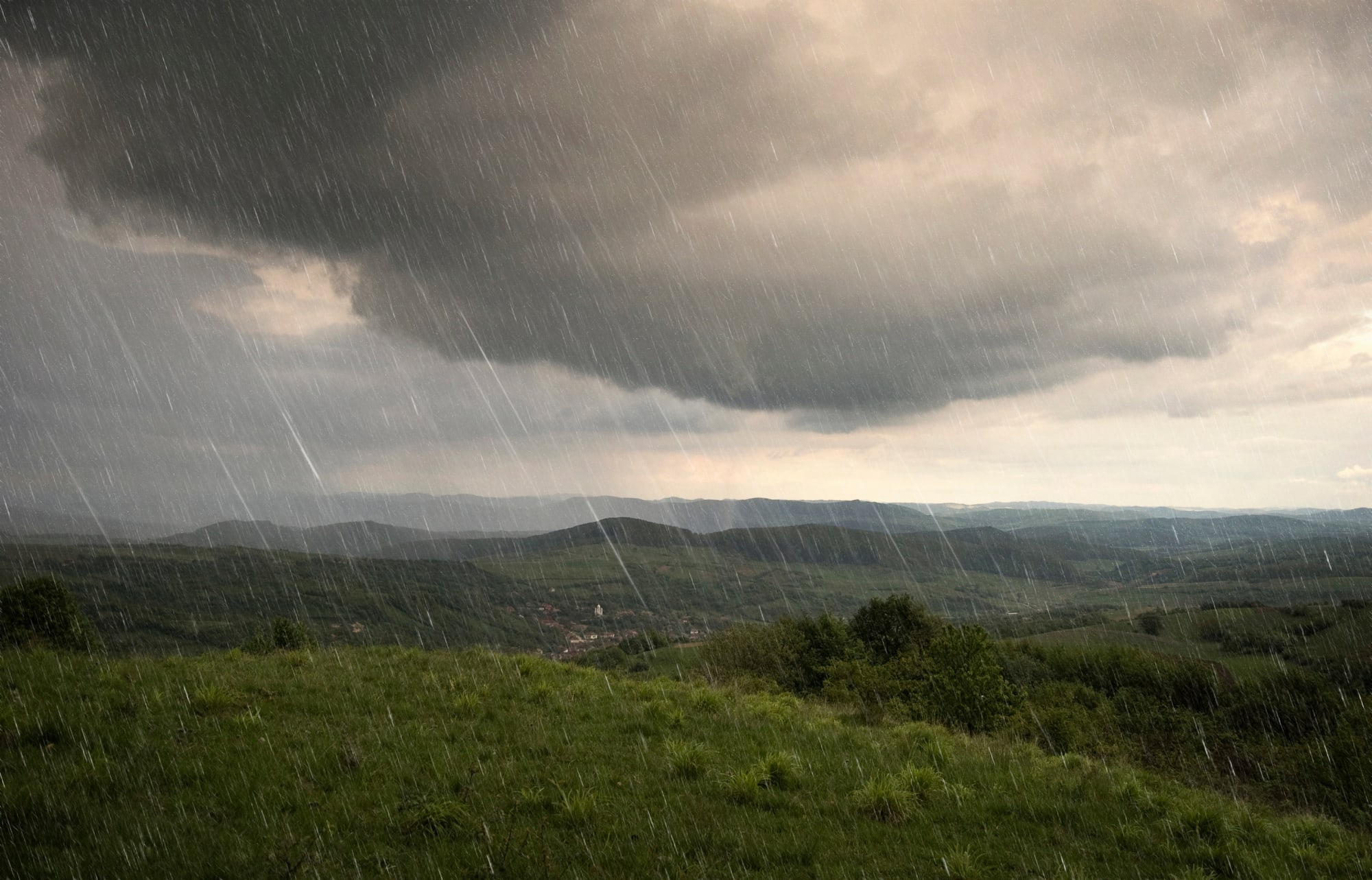This is a good question, and one that could cause you a lot of worry. One of the reasons for this blog as well as for our Owner’s Manual is to help share important information with you that can both save you money and alleviate a lot of worry.
We treat barns and sheds differently; the following only applies to planed material typically used in homes and offices or retail spaces. We treat all our timbers with a water based, low VOC, organic sealer. This sealer not only slows the drying and checking process but also helps to protect the wood from dirt and staining. It is expected that you will get some exposure to weather, however the greater risk is a careless trades-person that may grab a timber with a greasy dirty hand or perhaps drag a muddy extension cord or hose across exposed timbers. It is important that all the subcontractors on the project respect the exposed framing and recognize they are working with a finished product.
That said, accidents happen and there will be some cleanup necessary when construction is complete. Much of the dirt can be cleaned with a little soapy water. If there has been more staining, we recommend using “wood bleach” or oxalic acid cleaner. For the worse stains or “dings” a light sanding can clean it up. Once your frame is completely clean we recommend applying another coat of our sealer to the frame. Since it is water-based, this doesn’t mean you can’t add stain or even urethane later.
You will notice that when pine sits even just a few weeks it already starts to darken. It will darken more rapidly in the beginning than it does over time, but it will darken significantly over a period of several years. If you have to clean up any marks by sanding, you’ll not want to put it off too long, as the sanding will expose new wood and brighten it significantly. Just apply another coat of sealer and be patient, it will eventually catch up to the darker wood around it. The sooner you sand, the less contrast between the older wood and the newly exposed timber frame. Some people do actually sand down the whole frame and then apply a couple coats of urethane. This produces a very elegant look and maintains a lighter color over time, but it is a significant undertaking, to say the least!
So the short answer to the question is that a little water, snow and or ice will not damage the frame. If you get some water spots or dirt, or even rust if there has been some uncovered steel in the frame, its not the end of the world, it can be cleaned up. Obviously, up-front care will save work later, but it doesn’t mean the frame will be ruined. It is a matter of course to leave a frame exposed to the weather for a period of time, just due to the nature of the construction process. Some framers don’t have shops or cut the frame on site. Some raising methods can take several weeks. Our frames go up quickly due to our efficient framing system, and the way it has been designed to assemble frames with ease by just two framers and our crane truck. But we typically schedule a week between our frame-raising and the panel installation to allow some float time in case of bad weather delays, and also to allow a window of time for the electrician to “pre-wire” some of the frame before the panels go on.
So don’t worry, your frame will be OK, heavy timber is a remarkably versatile building product and can take a lot of punishment. After all, isn’t that one of the characteristics that draws you to it in the first place?
Just a couple words of warning, however. Do not run moist heat, such as a propane or kerosene “salamander,” over long periods of time. The moisture output is remarkable, and in a poorly vented space you can create your own weather inside your home. As a matter of fact, our homes are so tight that if you run one of these with the windows and doors closed it will starve for oxygen and cover the entire interior of the home with soot … don’t ask us how we know! Also, it is not good to allow the new building to sit unventilated for long periods of time, as heavy moisture unchecked on pine can spawn a mold known as “blue stain.” Blue stain, if not treated early, can penetrate deep into the timber and cannot be cleaned. There are some who like the look, but that should be your choice, not your consolation.
Author: Paul Freeman
